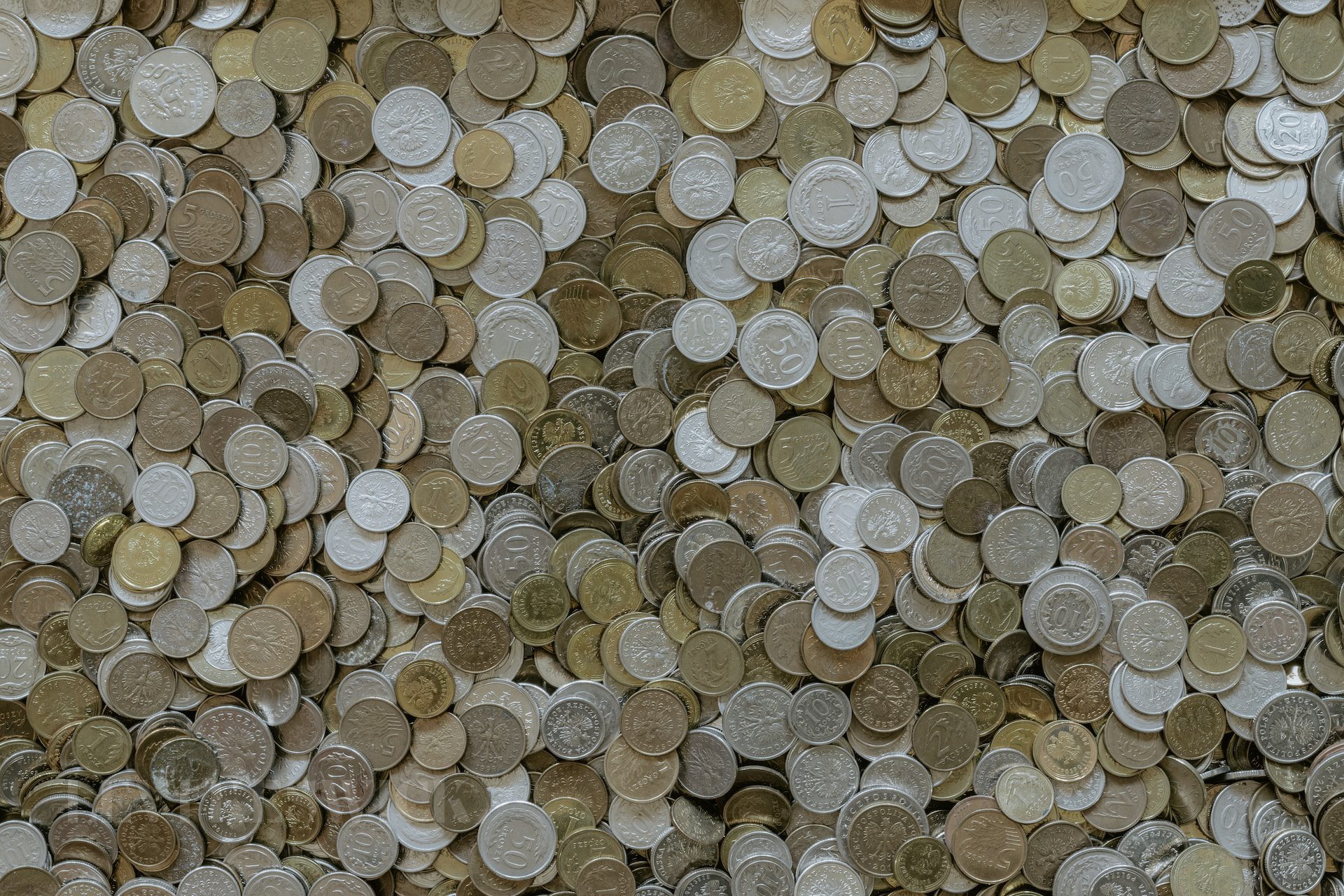Key Takeaways:
- A variety of factors can significantly increase a 1956 nickel’s value, including its condition, mintmark, and potential errors.
- While all 1956 nickels hold value above their face value, some could be worth several thousand dollars.
- Common types of 1956 nickel errors include doubled dies, off-center strikes, die breaks and cuds, and repunched mintmarks.
- These errors can substantially increase a nickel’s value, transforming it from loose change into a potential treasure.
The Intriguing Worth of the 1956 Nickel
Every coin, even those found in everyday change, tells a story. Its value is not only influenced by its year of minting, but also by its overall condition, mintmark, and errors that might have occurred during production. Among these, the 1956 nickel is of particular interest to numismatists, as some are valued at thousands of dollars.
Unveiling the Value of Different 1956 Nickel Types
The 1956 nickel was struck in three distinct types: the 1956 no mintmark nickel, the 1956-D nickel, and the 1956 proof nickel. All three carry value above their face value, but certain conditions can lead to significant price differences.
The 1956 no mintmark nickel, struck at the Philadelphia Mint, is rather common, but its value increases substantially in the hands of a collector. This coin’s value ranges from about 7 to 15 cents for circulated specimens to up to $1 for uncirculated examples. Notably, a 1956 no mintmark nickel sold for $9,400 in 2015 – a testament to the value that a well-preserved nickel can hold.
Similarly, the 1956-D nickel, which boasts a “D” mintmark indicating its minting at the Denver Mint, typically ranges from 7 to 10 cents for worn pieces and 30 cents to $1 for uncirculated coins. However, a 1956-D nickel graded as MS-66+ Full Steps by the Professional Coin Grading Service was auctioned off for a whopping $7,200 in 2020.
The 1956 proof nickel, produced explicitly for coin collectors, was minted in limited quantities. These nickels, boasting a superior strike and mirror-like finish, trade for $3 to $5 each, with a record price of $7,763 for a specimen graded Proof-68 Deep Cameo.
The 1956 Nickel Errors: Hidden Treasures in Your Change
While the aforementioned nickels carry intrinsic value, their worth can surge even higher when they contain mint errors. These anomalies can range from subtle to visually striking, with each imperfection potentially escalating the value of a 1956 nickel.
Doubled Die 1956 Nickel: A Collector’s Prize
Doubled die coins are treasured finds in the numismatic world. While there are no 1956 nickels with drastic doubling known, minor doubled dies do exist and can be identified with careful observation. These minor errors, especially found in the president’s eye on the obverse or in the inscriptions “MONTICELLO” and “FIVE CENTS” on the reverse, can augment a 1956 nickel’s value to $10 to $25.
Off-Center 1956 Nickel: Striking Imperfections
An off-center strike error happens when a coin isn’t properly centered on the dies or the dies are misaligned. Such coins, if about 5% off-center, start to increase in value. A 1956 nickel that is 50% off-center and still displays a complete date could be worth more than $150.
1956 Nickels with Die Breaks & Die Cuds
As the dies that strike a coin wear out, they can crack, creating lines and bumps on the coin – these are known as die breaks. Cuds, a large type of die break attached to the rim of a coin, can fetch prices well over $100.
Repunched Mintmarks on 1956 Nickels
During the 1950s, mintmarks were applied manually to each die, leading to errors such as off-position or double-struck mintmarks. While these are relatively common as far as errors go, they’re still highly collectible. A 1956 nickel with a repunched mintmark might fetch between $5 and $10.
In conclusion, the 1956 nickel, a seemingly ordinary piece of change, can sometimes be a hidden gem for numismatists. Whether due to its condition, mintmark, or errors, this coin has the potential to hold exceptional value, shedding light on the fascinating world of coin collecting and the mysteries of the 1956 nickel errors.








